CBD, or cannabidiol, has surged in popularity as a natural wellness supplement. However, the vast array of CBD products on the market can be overwhelming. This comprehensive guide provides a clear roadmap for beginners looking to confidently navigate the world of CBD and make informed purchasing decisions. We’ll cover everything from understanding what CBD is to choosing the right product and dosage.
What is CBD?
Cannabidiol (CBD) is a naturally occurring compound found in the Cannabis sativa plant. It’s one of over a hundred cannabinoids, but unlike tetrahydrocannabinol (THC), CBD is non-intoxicating. This means it won’t produce the “high” associated with cannabis use. CBD products are available in various forms, including oils, capsules, edibles, and topicals.
Key Facts About CBD
- Legality: CBD derived from hemp (containing less than 0.3% THC) is federally legal in the United States. However, state laws vary, so it’s crucial to check your local regulations.
- Non-Intoxicating: CBD does not cause a “high” and won’t impair cognitive function.
- Psychoactive: While not intoxicating, CBD is considered psychoactive because it interacts with the brain and central nervous system.
- Non-Addictive: The World Health Organization (WHO) has stated that CBD exhibits no effects indicative of abuse or dependence potential.
- Driving: While CBD itself won’t impair your ability to drive, it’s essential to be aware of the THC content in full-spectrum products and always assess your fitness to drive.
- Drug Tests: Standard drug tests typically screen for THC, not CBD. However, using full-spectrum CBD products may lead to a positive result if the THC content exceeds the testing threshold.
- Hemp vs. Marijuana: Hemp and marijuana are both varieties of the Cannabis sativa plant. Hemp contains less than 0.3% THC, while marijuana contains higher concentrations.
- CBD Oil vs. Hemp Seed Oil: CBD oil is extracted from the entire hemp plant, while hemp seed oil is extracted only from the seeds. Hemp seed oil is primarily a nutritional supplement rich in omega fatty acids and contains little to no CBD.
How CBD Interacts with Your Body
CBD’s potential benefits are thought to stem from its interaction with the body’s endocannabinoid system (ECS). The ECS is a complex network of receptors, endocannabinoids (naturally produced cannabinoids), and enzymes that plays a crucial role in regulating various bodily functions, including:
- Mood
- Sleep
- Appetite
- Pain perception
- Immune response
While CBD doesn’t directly bind to ECS receptors like THC does, it influences the ECS by preventing the breakdown of endocannabinoids like anandamide. This can lead to increased levels of these naturally produced cannabinoids, potentially promoting balance and well-being.
Potential Benefits of CBD
CBD is being explored for its potential to support various aspects of health and well-being. While research is ongoing, some studies suggest that CBD may help with:
- Managing stress and anxiety
- Promoting restful sleep
- Relieving pain and inflammation
- Supporting overall mood and well-being
It’s important to note that CBD is not a cure for any disease, and more research is needed to fully understand its potential benefits and long-term effects.
Potential Side Effects and Precautions
While CBD is generally considered safe, some people may experience side effects, including:
- Dry mouth
- Drowsiness
- Diarrhea
- Changes in appetite
- Interactions with certain medications
It’s essential to consult with your doctor or a qualified healthcare professional before using CBD, especially if you’re taking any medications or have any underlying health conditions. The Food and Drug Administration (FDA) advises that healthy adults should not exceed 70mg of CBD per day.
Choosing the Right CBD Product
With so many CBD products available, it’s crucial to understand the different types and factors to consider when making a purchase.
CBD Strengths Explained
CBD products come in various strengths, typically indicated in milligrams (mg) or as a percentage. The milligram amount tells you the total amount of CBD in the product, while the percentage indicates the concentration. Pay attention to the serving size and the amount of CBD per serving to determine the appropriate dosage for you.
Here’s a table illustrating the CBD content based on percentage and volume:
| 1% | 4% | 5% | 10% | 20% | 40% | 50% | |
|---|---|---|---|---|---|---|---|
| 10ml | 100mg | 400mg | 500mg | 1000mg | 2000mg | 4000mg | 5000mg |
| 30ml | 300mg | 1200mg | 1500mg | 3000mg | 6000mg | 12000mg | 15000mg |
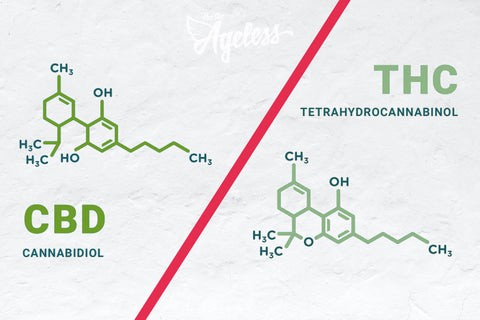
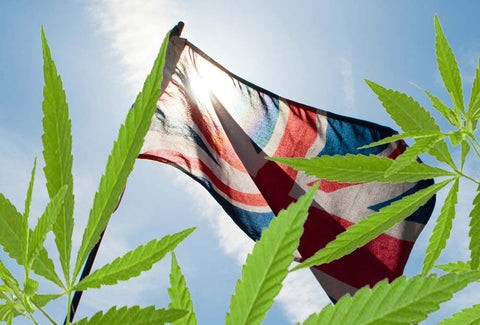
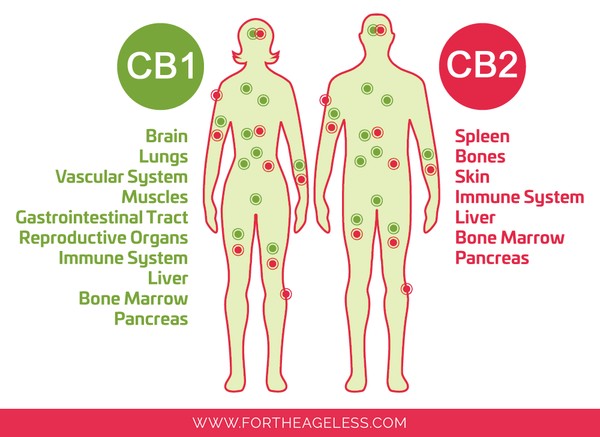
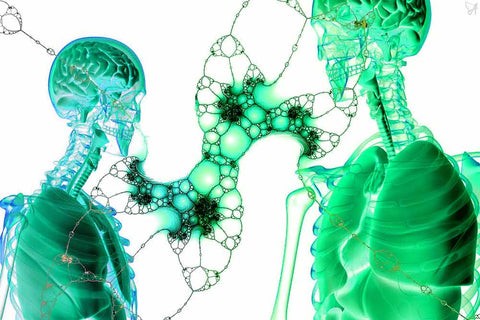
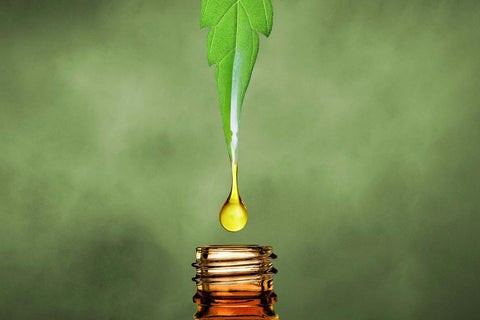
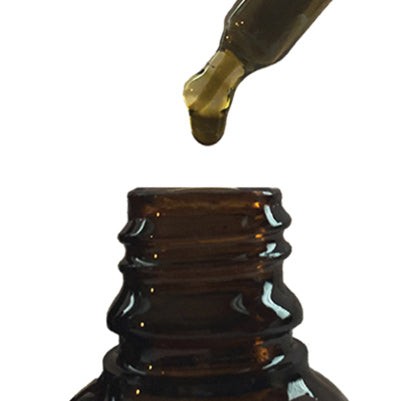

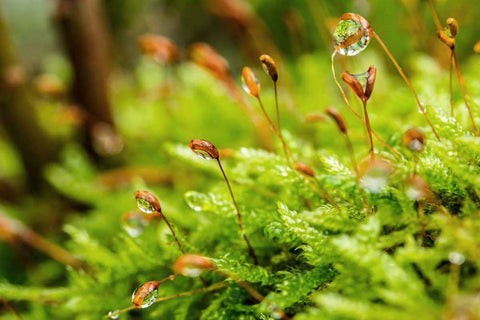
Full-Spectrum, Broad-Spectrum, and Isolate
- Full-Spectrum: Contains all the naturally occurring cannabinoids, terpenes, and other compounds found in the hemp plant, including trace amounts of THC (less than 0.3%). The “entourage effect” suggests that these compounds work synergistically to enhance CBD’s effects.
- Broad-Spectrum: Contains a range of cannabinoids and terpenes but undergoes processing to remove THC.
- Isolate: Contains only pure CBD, with no other cannabinoids, terpenes, or plant compounds.
Types of CBD Products
- CBD Oils and Tinctures: Typically taken sublingually (under the tongue) for faster absorption.
- CBD Capsules: Provide a convenient and discreet way to consume a pre-measured dose of CBD.
- CBD Edibles (Gummies, Chocolates, etc.): A tasty and enjoyable way to take CBD, but absorption may be slower compared to other methods.
- CBD Topicals (Creams, Balms, Lotions): Applied directly to the skin for localized relief.
- CBD Vape Products: Inhaled for rapid absorption, but vaping may pose potential health risks.
- CBD Paste: A concentrated form of CBD, often with a thick consistency.
- CBD Hemp Tea: A blend of hemp flowers, buds, stems, and leaves that can be steeped in hot water.
What to Look for When Choosing a CBD Product
- Clear CBD Content: Ensure the product label clearly states the CBD content in milligrams or as a percentage.
- CO2 Supercritical Extraction: This is considered the gold standard for CBD extraction, preserving cannabinoids, terpenes, and other beneficial plant compounds.
- Certificates of Analysis (COAs): Reputable brands provide third-party lab test results (COAs) that verify the product’s CBD content, THC levels, and the absence of contaminants like heavy metals and pesticides.
- Certified Organic and Free from Toxins: Choose products made from organically grown hemp to minimize exposure to harmful chemicals and heavy metals.
- Full-Spectrum or Broad-Spectrum (Over Isolate): Consider full-spectrum or broad-spectrum CBD products to benefit from the entourage effect.
- Brand Reputation and Reviews: Research the brand’s reputation and read customer reviews to gauge the quality and effectiveness of their products.
How to Take CBD
The optimal way to take CBD depends on the product type and your personal preferences.
Dosage Guidelines
The FDA recommends that healthy adults do not consume more than 70mg of CBD daily. It’s best to start with a low dose and gradually increase it until you achieve the desired effects. Keep in mind that CBD affects everyone differently, so finding the right dosage may require some experimentation.
Timing
Consider taking CBD with meals, especially those containing healthy fats, as cannabinoids are fat-soluble and may be better absorbed when consumed with fats. You can also experiment with different times of day to see what works best for you.
Methods of Consumption
- Sublingual Administration: Placing CBD oil or tincture under the tongue allows for faster absorption into the bloodstream.
- Ingestion: Swallowing CBD capsules or edibles results in slower absorption as it passes through the digestive system.
- Inhalation: Vaping CBD e-liquids provides the fastest absorption but may carry potential health risks.
- Topical Application: Applying CBD creams, balms, or lotions to the skin provides localized relief.
Conclusion
Navigating the world of CBD can be challenging, but with the right knowledge, you can confidently choose high-quality products that suit your individual needs. Remember to do your research, consult with your healthcare provider, and start with a low dose to find what works best for you. By following this comprehensive guide, you’ll be well-equipped to make informed decisions and experience the potential benefits of CBD.